Physics

Educators and Parents, Sign Up for The Cheat Sheet
Weekly updates to help you use Science News Explores in the learning environment
Thank you for signing up!
There was a problem signing you up.
-
 Physics
PhysicsExplainer: Winds and where they come from
Temperature and pressure are critical factors affecting why the wind blows where it does. Understanding the nature of wind can teach us a lot about weather.
-
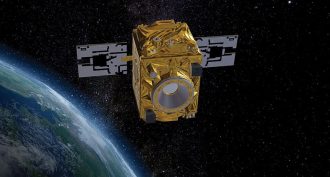 Physics
PhysicsMajor gravity experiment recreated aboard a satellite
A spacecraft was used to “drop” two objects and test their rate of fall. The new, super-precise findings confirm objects will fall at the same rate (in the absence of air resistance) — and that when it comes defining the effects of gravity, Einstein got it right.
-
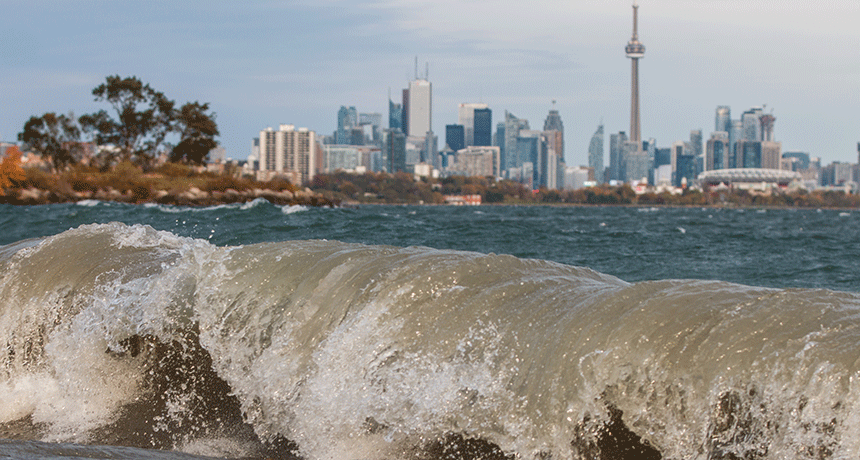 Earth
EarthWater waves can have literally seismic impacts
Certain types of seismic waves are generated by waves on large lakes. These ground waves could be used to map fault zones or to monitor ice cover in polar lakes.
By Sid Perkins -
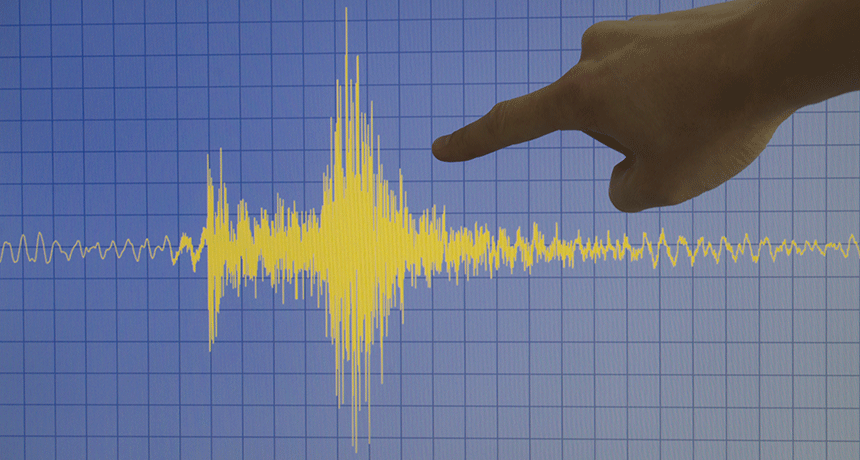 Earth
EarthExplainer: Seismic waves come in different ‘flavors’
Earthquakes generate several different types of seismic waves, some more damaging than others
By Sid Perkins -
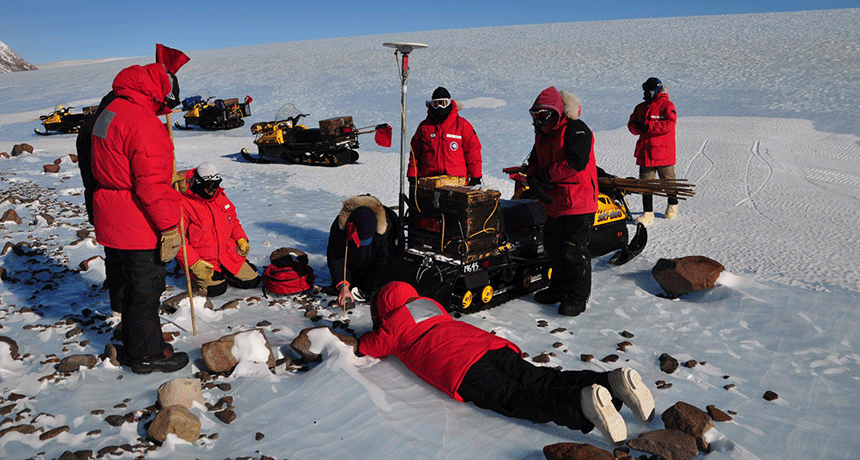 Earth
EarthHot on the trail of Antarctic meteorites
For intrepid scientists, spotting meteorites against Antarctica’s dazzling whiteness is easy. Then what?
By Beth Geiger -
 Health & Medicine
Health & MedicineNew treatment could calm temperature-sensitive teeth
Dentists aren’t happy with today’s treatments for sensitive teeth. Sand-like nanoparticles carrying green tea extract could bring longer pain relief.
-
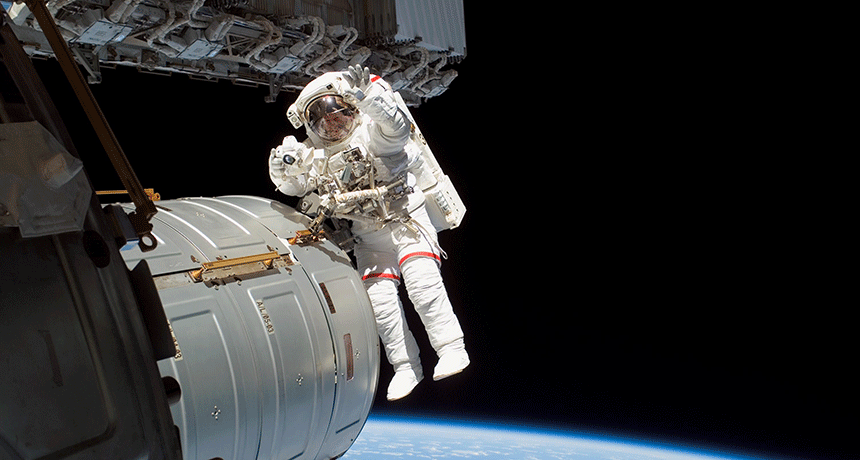 Tech
TechWant a tougher space suit? Just add liquid
Using a special liquid, engineers are designing new treatments for spacesuits so that they can better resist puncturing from tiny meteorites and other hazards.
By Marcus Woo -
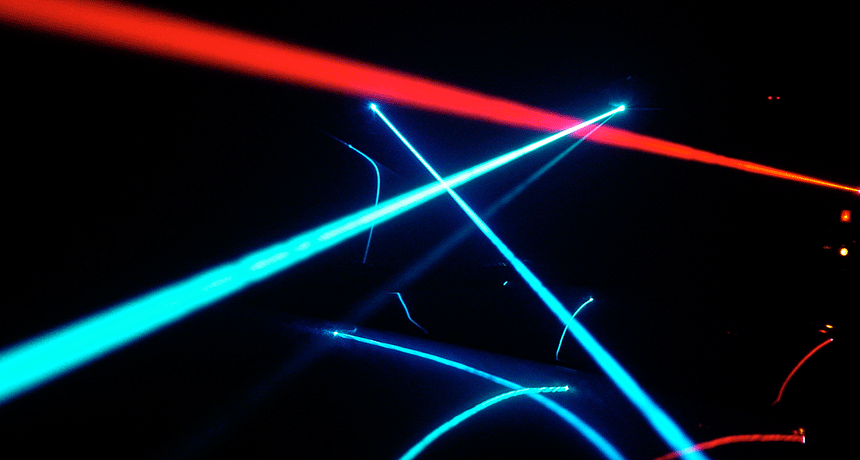 Physics
PhysicsScientists Say: Laser
A laser is a device that emits a strong, narrow beam of light. “Laser” is actually an acronym, and stands for “light amplification by stimulated emission of radiation.”
-
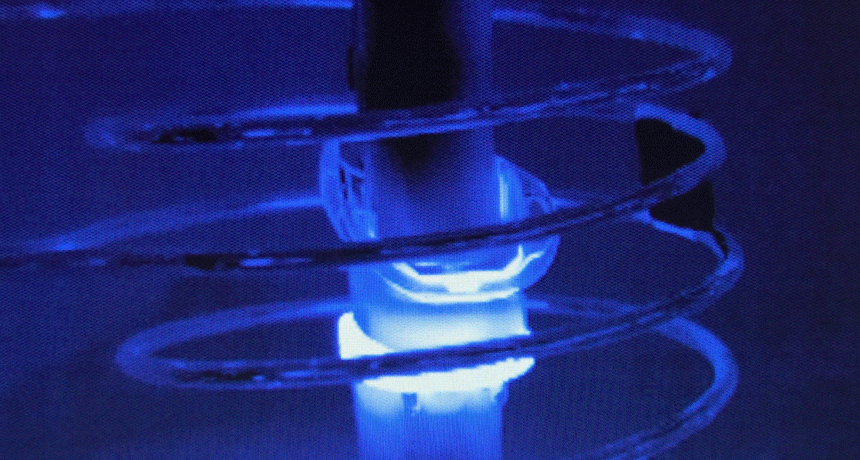 Tech
TechMagnetic heating may replace surgery to cure some infections
Scientists are testing magnetic fields as a way to kill bacteria that drugs normally cannot reach — such as those on medical implants inside the body.
By Ilima Loomis -
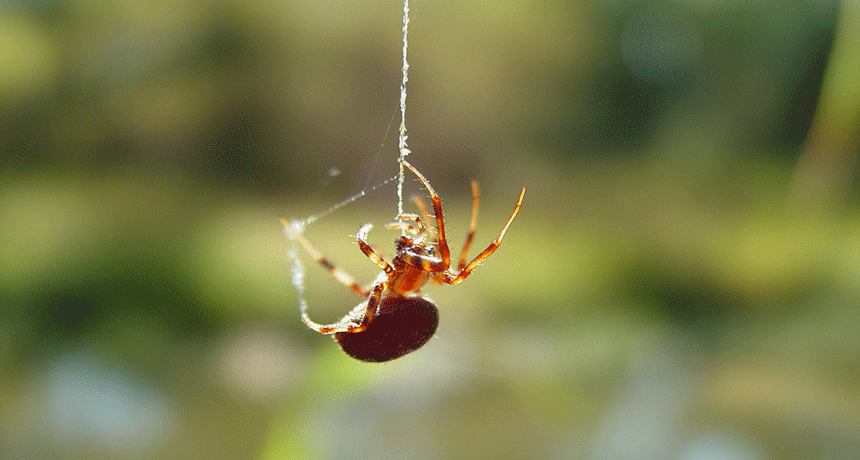 Animals
AnimalsLasers can turn a spider’s silk into sculptures
Spider silk is strong and super-stretchy. Scientists have developed a way to sculpt that material into unusual, micro-scale shapes using lasers.
-
 Archaeology
ArchaeologyScientists detect mystery void in Great Pyramid of Giza
Using high-tech tools normally reserved for studies in particle physics, scientists have found a large, hidden void inside Egypt’s Great Pyramid of Giza.
-
 Physics
PhysicsAncient light may point to where the cosmos’ missing matter hides
The universe is missing some of its matter. Now astronomers may have a way to find it.